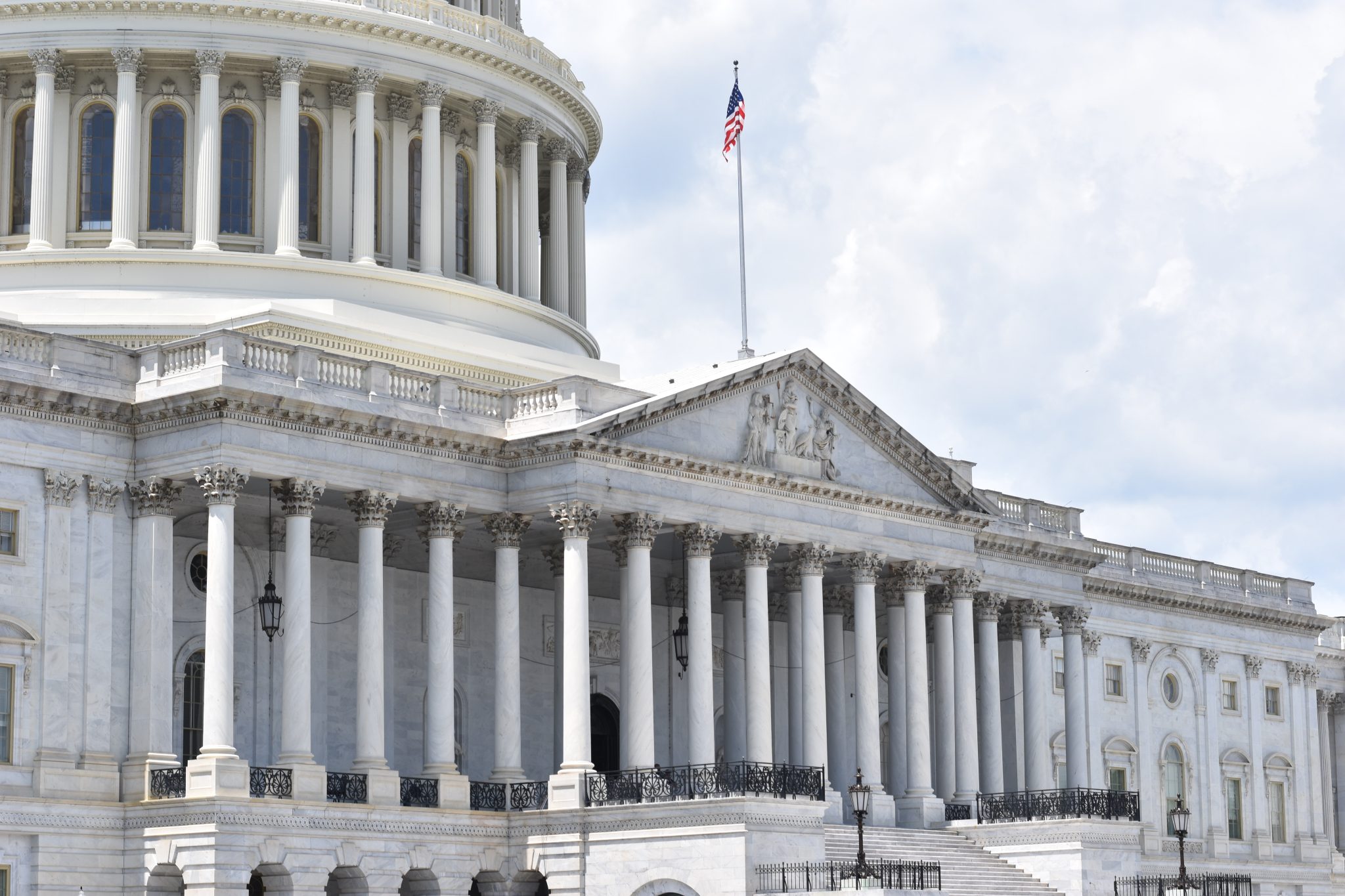
Editor’s Note: The following is an excerpt from The Problems with Student Loan Forgiveness, a new report from the Texas Public Policy Foundation that argues against universal and complete student loan forgiveness. This is the sixth in a series of six excerpts from the report.
Part 6: Legal Problems With Student Loan Forgiveness
The Executive Branch Cannot Unilaterally Forgive Student Loan Debt
The legislative path to loan forgiveness is currently closed because there is little prospect for student loan forgiveness to receive enough votes to overcome a potential filibuster in the Senate. However, some adherents argue that the president can forgive loans unilaterally.
Financial aid expert Mark Kantrowitz convincingly shows two reasons why this argument is wrong. First,
The President does not have the legal authority to forgive student loans on his own. Only Congress has the power of the purse. Executive action can be used only when it has been specifically authorized by Congress.
The executive branch cannot spend money that has not been appropriated by Congress, per 31 USC 1301 et seq (Antideficiency Act (P.L. 97-258)) and Article I, Section 7, Clause 7 of the U.S. Constitution.
The claims that the President has the authority to forgive student loans are based on a misreading of the Higher Education Act of 1965 at 20 USC 1082(a)(6). That section of the Higher Education Act of 1965 provides the U.S. Secretary of Education with the authority to: “…modify, compromise, waive, or release any right, title, claim, lien, or demand, however acquired, including any equity or any right of redemption.”
But that quote is taken out of context. The preamble to that section of the Higher Education Act of 1965 limits this authority to operating within the scope of the statute: “In the performance of, and with respect to, the functions, powers, and duties, vested in him by this part, the Secretary may—”
In other words, when Congress authorizes a loan forgiveness program, such as Public Service Loan Forgiveness, Teacher Loan Forgiveness or the Total and Permanent Disability Discharge, the U.S. Secretary of Education has the authority to forgive student loans as authorized under the terms of these loan forgiveness programs.
Without authorization by Congress of a specific loan forgiveness program, the President does not have the authority to forgive student loan debt. As the U.S. Supreme Court ruled in Whitman v. American Trucking Assns., Inc., (531 USC 457, 2001), Congress does not “hide elephants in mouseholes. (Kantrowitz, 2021b, para. 4-11)
Kantrowitz’s assessment is almost certainly right. No one else in the U.S. government can unilaterally spend $1.6 trillion dollars at their sole discretion, so it would be strange if the secretary of education was the sole exception to that rule based on an obscure provision that laid undiscovered for decades.
Some forgiveness advocates agree that “the Executive Branch does not have congressional authority to cancel student debt” since “broad student debt cancellation would trigger The Antideficiency Act. … That is why we will ultimately need a legislative solution” (Freedom to Prosper, 2021). Yet others continue to push for the Biden administration to unilaterally forgive student loans. For example, the Roosevelt Institute is encouraging the Biden administration to “implement a full cancellation of student debt via executive order” (Bustamante, 2021, para. 6).
Even If Unilateral Forgiveness Was Possible, It Could Only Be Applied to Pre-2010 Era Loans
The second legal problem is that even if Kantrowitz is wrong, and there is a loophole that allows universal forgiveness without congressional approval, it would not apply to the vast majority of current student loans. All student loans since 2010 have been made under the Direct Loan (DL) program. But as Kantrowitz notes, the loophole would only apply to loans made under the legacy Federal Family Education Loan (FFEL) program:
the “this part” language refers to Part B of Title IV of the Higher Education Act of 1965, which applies only to loans made under the Federal Family Education Loan (FFEL) program. … There is no similar language for Part D for the William D. Ford Federal Direct Loan (Direct Loan) program. (Kantrowitz, 2021b, para. 12-13)
Out of the $1.6 trillion dollars in outstanding federal student loan debt, only $230 billion are FFEL loans (U.S. Department of Education, n.d.-a).
Image: Gagan Cambow, Public Domain
The 25 page opinion of the DOJ Assist AG for “opinion” used the Heroes Act of 2003 as applicable justification. When 25 pages are required for an opinion, it already smell fishy.
https://www.justice.gov/olc/file/1528451/download
With all these problems, especially the supposed political problems, you’d think that student loan forgiveness would be unpopular. But by all indications, such is not the case. Something like 60% or more of the public supports the idea. Not saying it’s a good idea, just that the public seems to approve.
Why might that be? Well, free money tends to be popular. I don’t hear much from the political opposition. Trump? Well, he was proposing pretty large student loan forgiveness before the election. Maybe the acerbic DeSantis and dour McConnell will have better principles, and prevail.
It’s popular because everyone wants free money – Then complains about inflation as though the cause of it is a total mystery to everyone rather than a direct consequence of Uncle Sam almost doubling the federal debt (not deficit) in the past three years.